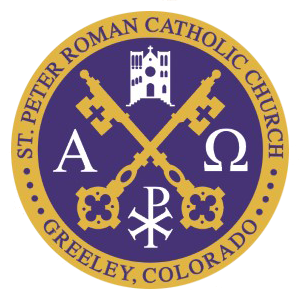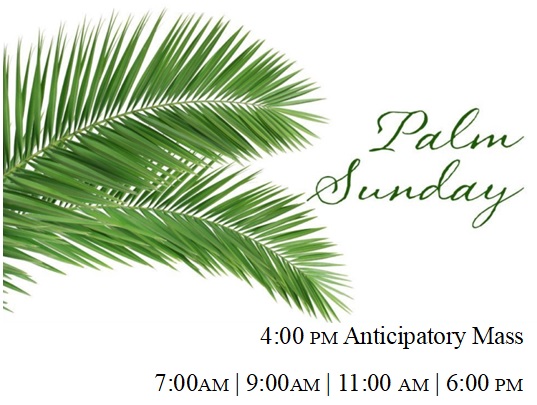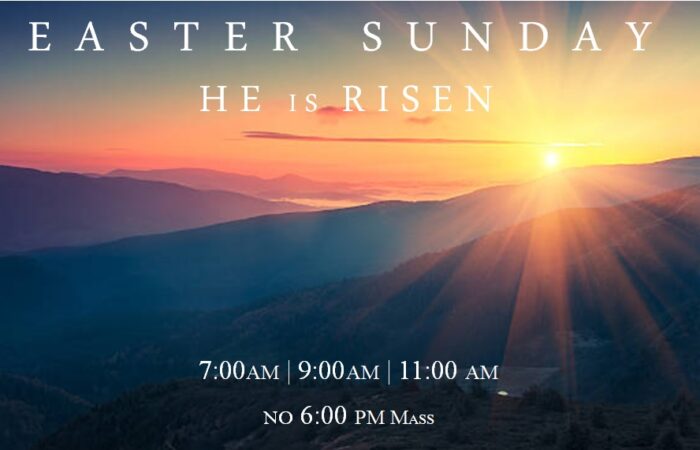Good Friday was the last day of Jesus’ life on earth before His resurrection. He was betrayed by Judas, as predicted, and denied by Peter, as predicted. His disciples scattered. He was arrested and was placed on trial falsely. He was condemned, beaten, mocked, and required to carry His own cross to the place where He was crucified and died. “The soldiers twisted together a crown of thorns and put it on his head.” Though he was offered something to dull the physical pain, Jesus refused. He chose to face the pain of death head on. They stripped Him of His clothes and cast lots for them, fulfilling another prophecy.
Two prisoners were crucified alongside Jesus. One mocked Him, but the other said, “‘Jesus, remember me when you come into your kingdom.’ Jesus answered him, ‘Truly I tell you, today you will be with me in paradise’” (Luke 23:39-43). Amidst the most cruel, unfair, unjust, and painful death a human body could endure, Jesus chose to respond in grace to the criminal beside Him and care for His mother and best friend. “When Jesus saw his mother there, and the disciple whom he loved standing nearby, he said to her, ‘Woman, here is your son,’ and to the disciple, ‘Here is your mother’” (John 19:25-27). At noon, Jesus cried out “Father, into your hands I commit my spirit,” and died.
“It was at about noon, and darkness came over the whole land until three in the afternoon, for the sun stopped shining. And the curtain of the temple was torn in two.” –Luke 23:44-46
Jesus was taken down from the cross, wrapped in linens, and placed in a tomb.
Catholic churches observe Good Friday with a special Liturgy of the Lord’s Passion that replaces Mass, featuring Scripture readings, the Passion narrative, Veneration of the Cross, intercessory prayers, and Communion.
Catholics fast and abstain from meat as a form of sacrifice.


